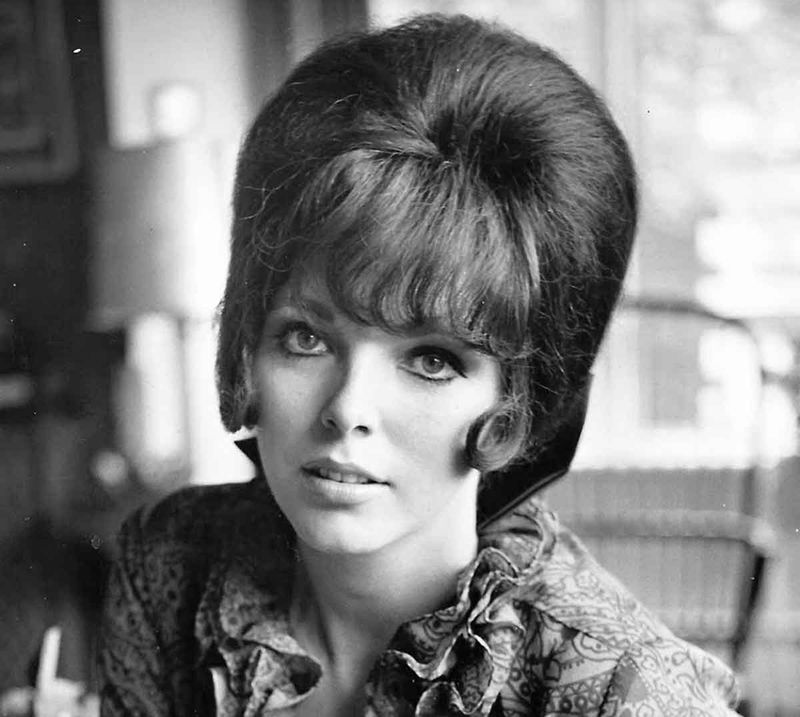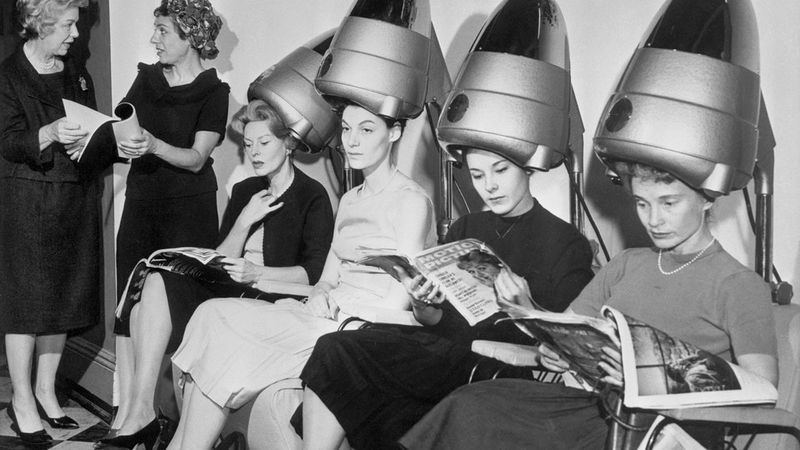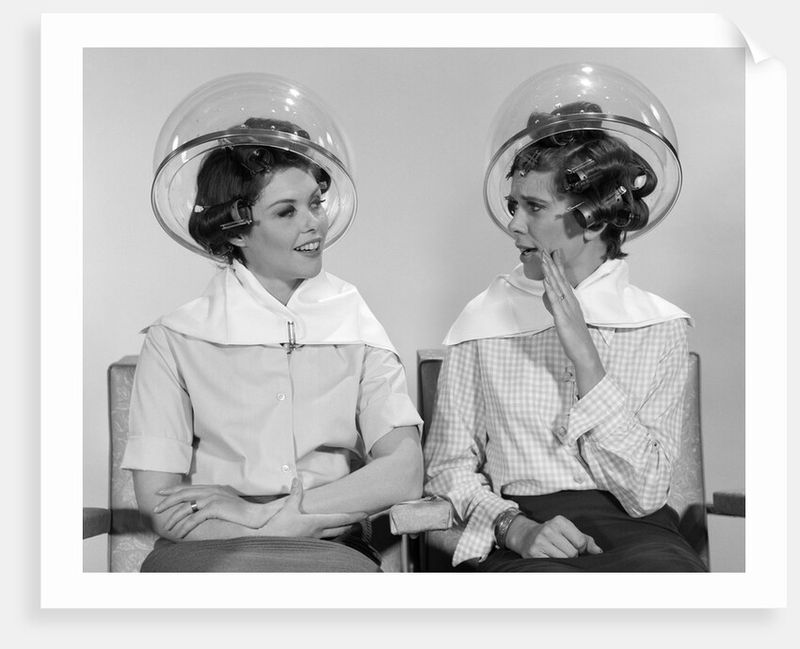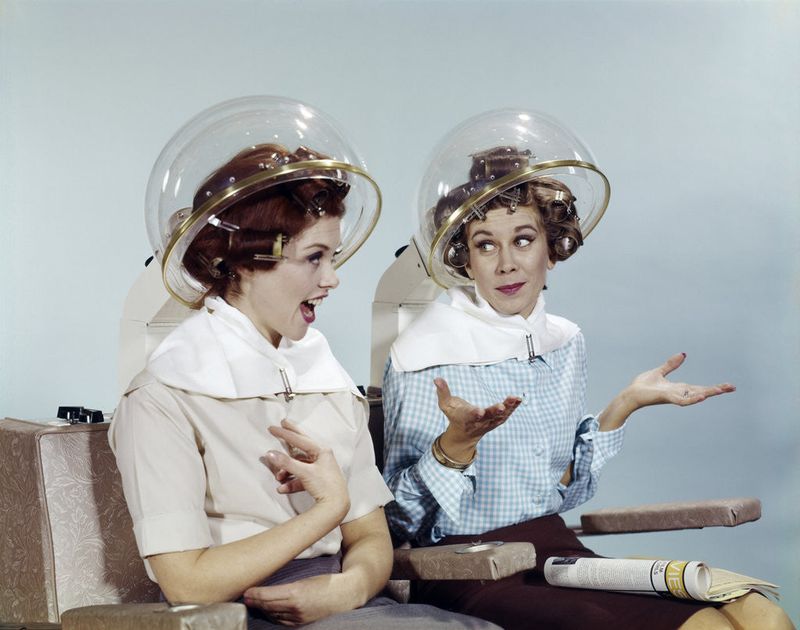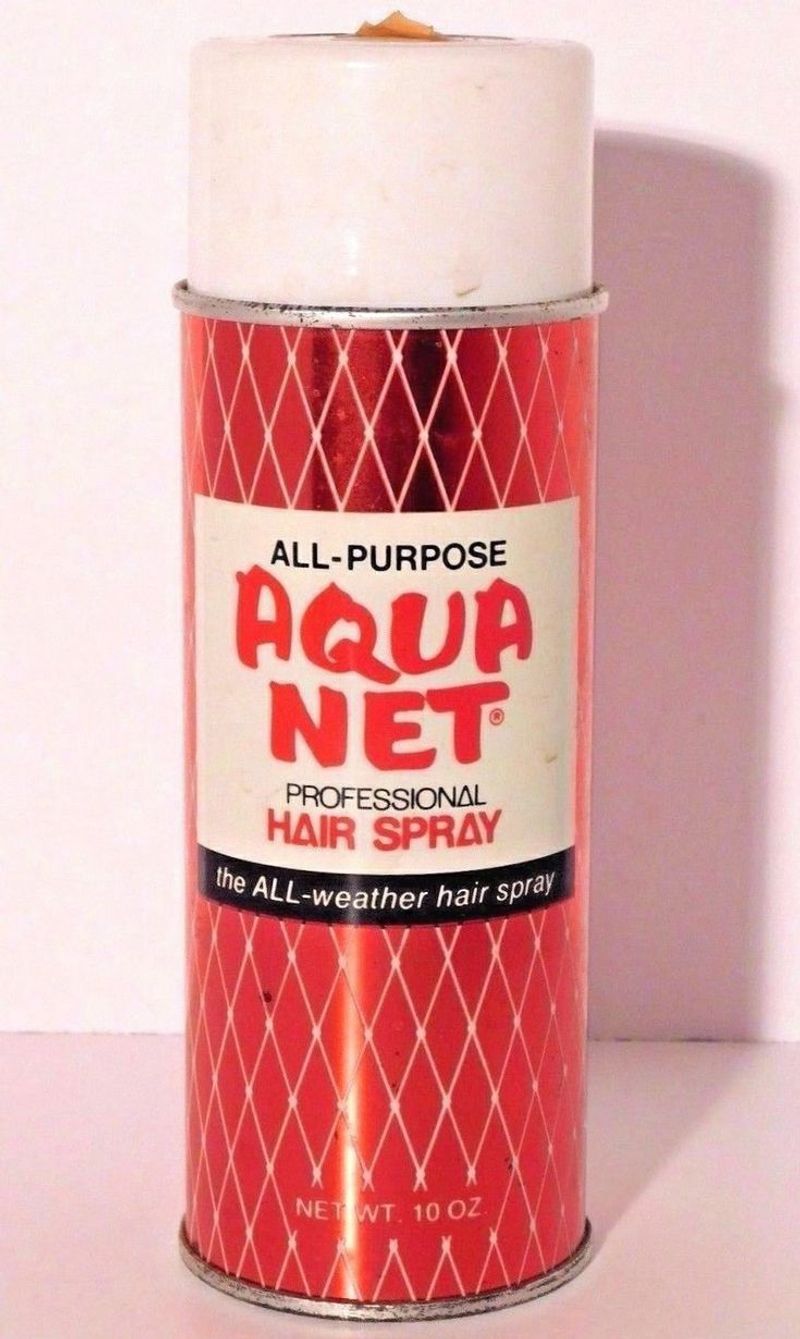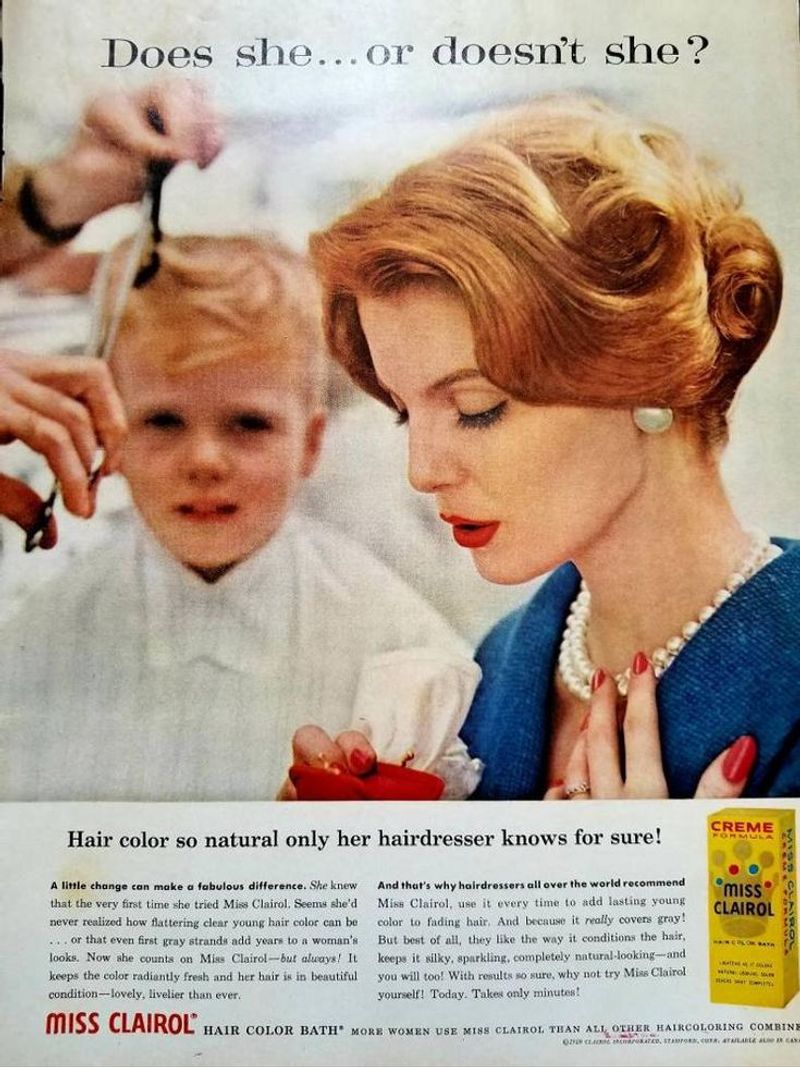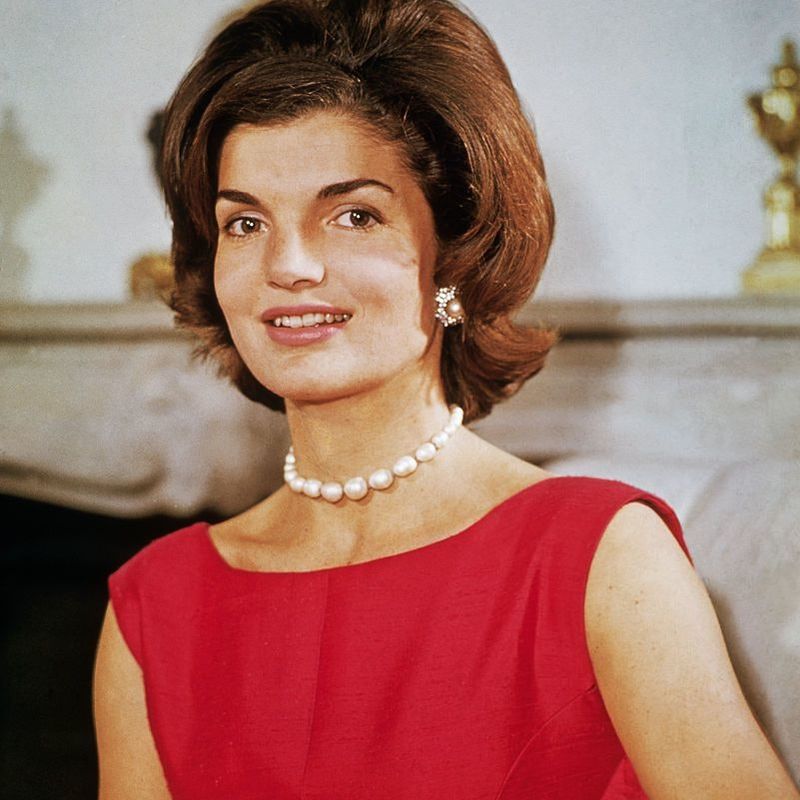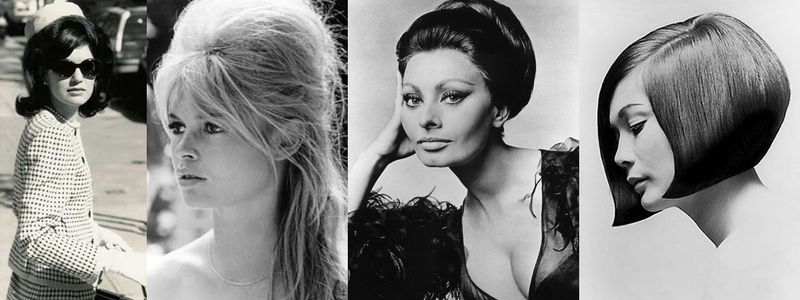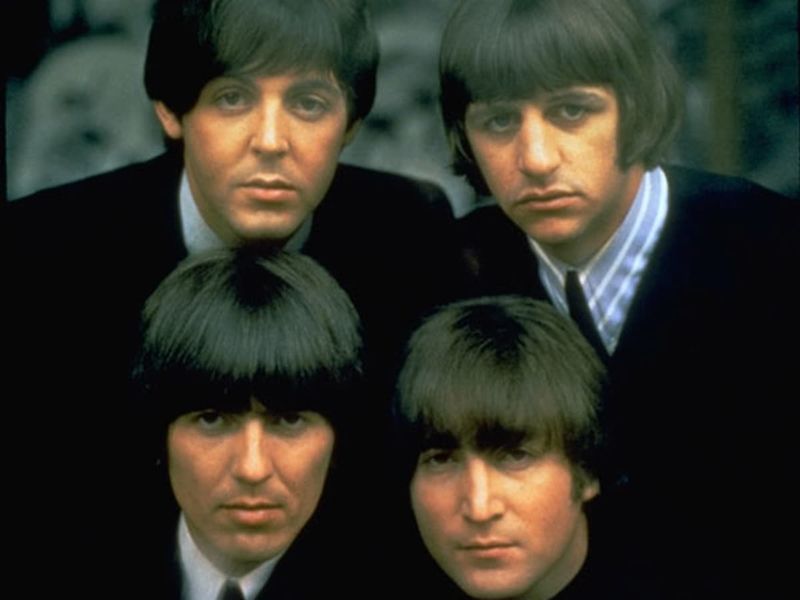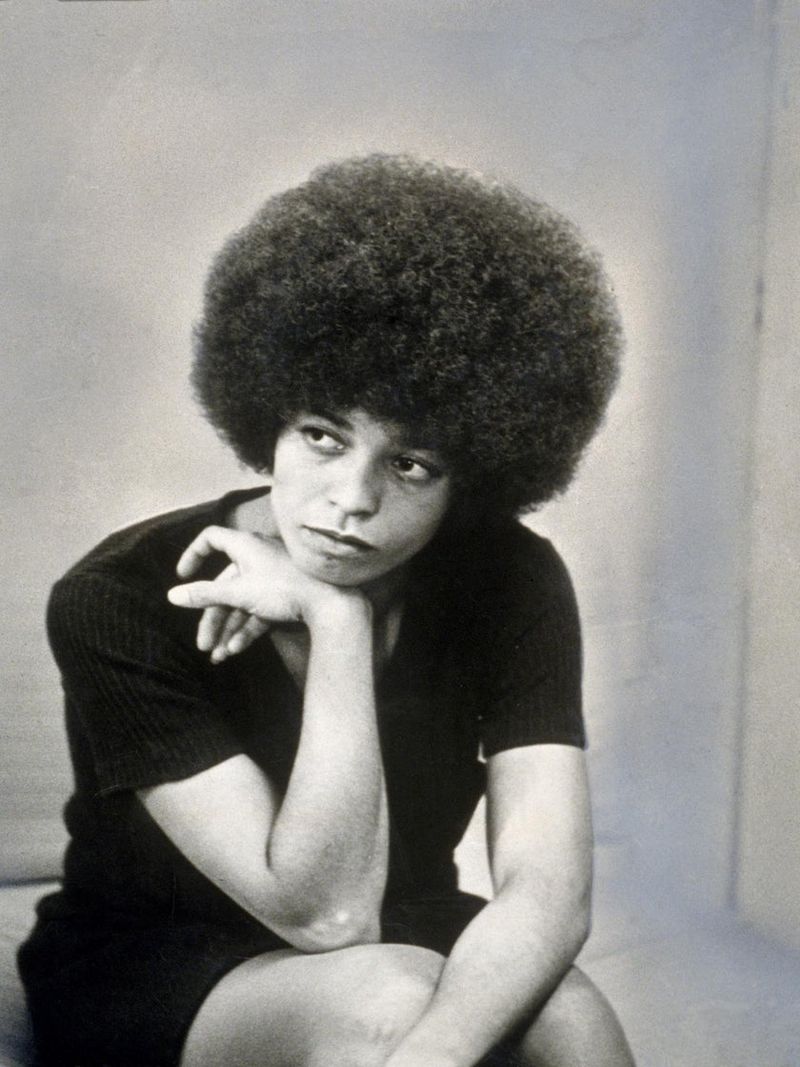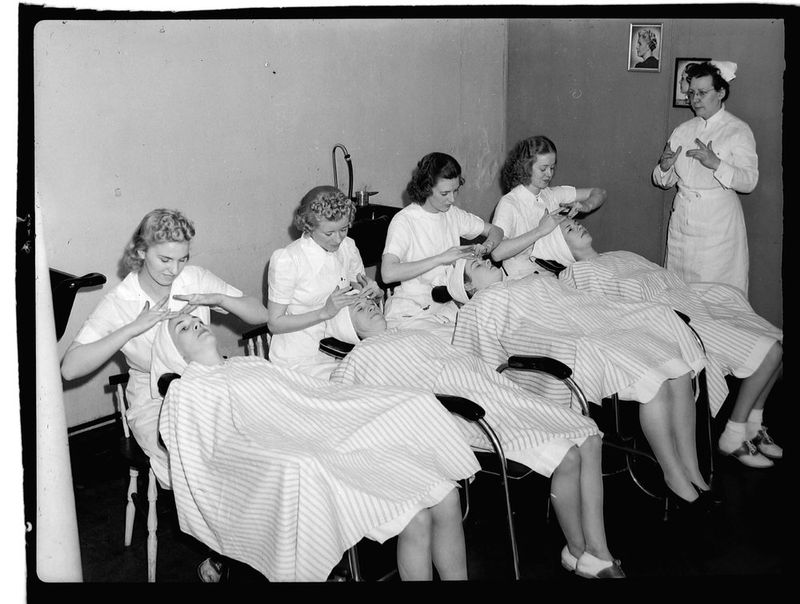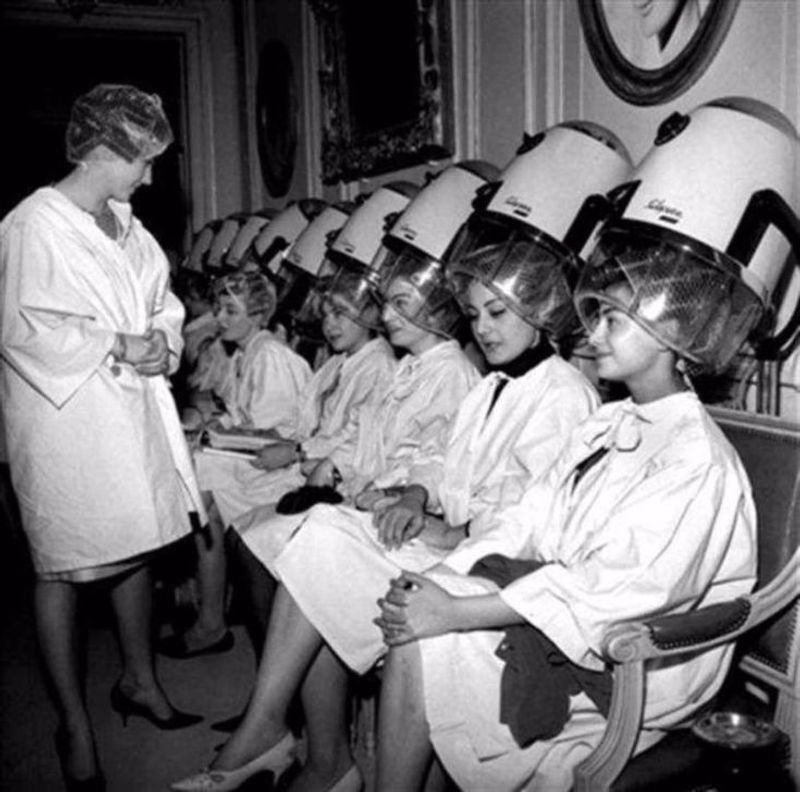Step into a time machine and visit the vibrant world of 1960s hair salons! These weren’t just places to get your hair done—they were bustling social hubs where women gathered to gossip, relax, and transform themselves. Hair in the ’60s was bold, dramatic, and often defied gravity, requiring professional help that only the neighborhood beauty parlor could provide.
1. The Beehive Required Serious Engineering Skills
Standing tall at up to six inches high, the iconic beehive wasn’t just a hairstyle—it was architecture. Stylists would tease hair for nearly 30 minutes to create the perfect foundation before sculpting it into that famous conical shape.
Women maintained these elaborate structures for days, sometimes weeks! Many slept sitting up with satin scarves protecting their investment. The beehive became so popular that some salons employed specialists who did nothing but build these towering creations all day long.
The final touch? Enough hairspray to deplete the ozone layer, creating a shellacked fortress that could withstand wind, rain, and even curious fingers.
2. Weekly Hair Appointments Were Non-Negotiable
Saturday mornings belonged to the beauty parlor—no exceptions! Unlike today’s wash-and-go approach, women in the ’60s scheduled standing appointments for their weekly “shampoo and set.” Missing it was social suicide.
The process took hours: washing, setting hair in rollers, sitting under those giant helmet dryers, then styling. Between visits, ladies preserved their styles using shower caps and sleeping on satin pillowcases. Home hair washing? Absolutely not!
These weekly rituals cost about $3.50—equivalent to around $30 today—making beauty a significant budget item for the fashion-conscious woman.
3. Salons Were the Original Social Networks
Long before Facebook, beauty parlors connected communities through the power of gossip. Between the whirr of dryers and snip of scissors, women exchanged news about everything from neighborhood scandals to recipe tips.
Salons strategically arranged chairs to facilitate conversation. The most popular stylists weren’t just skilled with scissors—they were masterful conversationalists who remembered every detail of their clients’ lives. Many women chose salons based on gossip quality as much as styling abilities!
For housewives especially, these weekly visits offered precious social connection and a break from isolation, making the beauty parlor an emotional lifeline disguised as a luxury.
4. Those Space-Age Dryer Hoods Were Torture Devices
The iconic bubble dryers resembled astronaut helmets and felt about as comfortable as wearing a spacecraft on your head. Temperatures inside these chrome domes reached scorching levels, causing ears to burn and foreheads to sweat profusely.
Ladies endured this discomfort for 45-60 minutes while their rollers set. Salon owners installed magazine racks within arm’s reach—a small mercy for captive clients. Some fancier establishments even offered headphone jacks so women could listen to music while baking.
Despite the discomfort, these dryers represented cutting-edge technology, replacing the hand-held blow dryers that required stylists to manually move around clients’ heads.
5. Hairspray Consumption Reached Epic Proportions
The ’60s saw hairspray usage reach astronomical levels. Brands like Aqua Net and Helene Curtis became household necessities, with women hoarding cans like doomsday preppers. A single beehive could devour half a can!
The fumes were so potent that many salons installed special ventilation systems. Stylists developed “spray techniques” to create even coverage without suffocating clients. The distinctive chemical smell became the signature perfume of beauty parlors everywhere.
By decade’s end, the average American woman was using 3-4 cans monthly. The environmental impact wasn’t considered until years later—these aerosols contained CFCs that would eventually be banned for damaging the ozone layer.
6. Color Treatments Became Mainstream (But Remained Secretive)
Hair coloring exploded in popularity during the ’60s, yet remained something many women denied doing. “Does she or doesn’t she? Only her hairdresser knows for sure!” wasn’t just a Clairol slogan—it was a social contract.
Early color processes were lengthy ordeals involving harsh chemicals that burned scalps and stained skin. Salons often had separate “color rooms” hidden in back areas. The smell was unmistakable—a pungent ammonia cloud that no amount of ventilation could disguise.
Blonde was the most requested shade, inspired by bombshells like Brigitte Bardot. Going platinum typically required multiple appointments and resulted in damaged hair that needed intensive conditioning treatments.
7. Jackie Kennedy’s Bouffant Launched a Thousand Copycats
When Jackie Kennedy appeared on television with her perfectly coiffed bouffant, salons nationwide were flooded with requests. Her signature style—voluminous on top with softly flipped ends—became the conservative woman’s alternative to the wilder beehive.
Achieving the First Lady look required precise cutting and meticulous styling. Hairdressers kept photos of Jackie on hand as reference material. Some even attended special training sessions to master the technique!
The style crossed political lines—women who disagreed with the Kennedy administration still wanted that hair. By 1962, an estimated 40% of American women had some variation of the Jackie bouffant, making it perhaps the most influential political hairstyle in history.
8. Salon Menus Offered More Than Just Haircuts
The ’60s beauty parlor was a one-stop beautification station offering an array of services beyond hair. Manicures, facials, eyebrow arching, and even makeup application kept clients in chairs for half the day.
Enterprising salon owners installed lunch counters where women could grab a sandwich without disturbing their roller sets. Some even served cocktails! The Coiffure-Continental in Chicago famously offered “styling with champagne service” for ladies preparing for special events.
Wealthier establishments featured private booths for celebrities or society women who didn’t want to be seen mid-process. These VIP areas came with dedicated stylists and personal attendants who served tea on silver trays.
9. The Pixie Cut Sparked Gender Role Debates
When Twiggy debuted her revolutionary pixie cut in fashion magazines, it sent shockwaves through conservative America. This boyish style challenged traditional femininity and sparked heated debates about gender roles.
Brave women requesting the cut often faced resistance from stylists who worried husbands would disapprove. “Are you sure your husband won’t mind?” was a common question. Some salons even required written permission from spouses before performing such a dramatic chop!
For many young women, choosing the pixie was an act of rebellion—a declaration of independence from beauty standards that had required long, “feminine” hair. The style became associated with the emerging women’s liberation movement.
10. The Great Hair Divide: Uptown vs. Downtown Styles
A salon’s address spoke volumes about its styling philosophy. Uptown establishments catered to conservative clients with controlled bouffants and neat flips that screamed “respectable housewife.” Downtown salons embraced edgier looks inspired by London’s mod scene.
Pricing reflected this divide. A cut at Vidal Sassoon’s trendy salon cost nearly triple what neighborhood shops charged. The social prestige of saying “I go to Kenneth” (hairdresser to the elite) justified the expense for status-conscious women.
By mid-decade, some salons became deliberately theatrical. Stylist chairs were replaced with futuristic furniture, mirrors were psychedelically framed, and staff wore space-age uniforms—transforming haircuts into immersive experiences.
11. Men’s Salons Emerged as Beatles Fever Spread
The Beatles didn’t just revolutionize music—they transformed men’s hair forever. As mop-top mania swept America, traditional barbers faced an existential crisis: learn to cut longer styles or lose business.
Enterprising stylists opened unisex salons catering to men seeking shaggier looks. These new establishments featured masculine decor—dark woods and leather chairs—to make guys feel comfortable in what had been feminine territory. Playboy magazines replaced Ladies’ Home Journal in waiting areas.
Many older barbers refused to adapt, posting signs declaring “No Beatles Cuts Given Here!” This generational hair divide mirrored the broader cultural gap opening between America’s youth and their parents.
12. The Afro Symbolized Black Pride and Liberation
As the Civil Rights movement gained momentum, Black beauty parlors became centers of both style and activism. The transition from straightened to natural hair represented more than fashion—it was a powerful political statement.
Stylists who had specialized in chemical straightening had to quickly master Afro-cutting techniques. Special wide-toothed combs and picks became essential tools. Black-owned salons displayed posters of Angela Davis and other natural-haired icons alongside traditional style books.
These establishments served as community gathering spaces where political meetings could happen safely. Many salon owners participated in civil rights marches and used their businesses to distribute movement literature, making “going natural” both a personal style choice and a declaration of solidarity.
13. Salon Staff Uniforms Resembled Medical Attire
Hairdressers in the ’60s looked more like nurses than today’s tattooed stylists. Crisp white uniforms with professional name badges were standard industry attire, lending an air of clinical expertise to the beauty process.
This medical aesthetic wasn’t accidental. As chemical treatments became more complex, salons wanted to project scientific authority. Female stylists wore starched dresses with practical pockets for combs and scissors, while male hairdressers often sported white lab coats over dress shirts and ties.
High-end establishments created designer uniforms in pastel colors to distinguish themselves from competitors. The Maison de Beauté in Beverly Hills made headlines with their Pucci-designed staff outfits that cost more than what most stylists earned in a week!
14. Chemical Perms Were Smelly Torture Sessions
Getting a permanent wave in the ’60s meant enduring chemical warfare on your scalp. The ammonia fumes were so potent that many clients reported watery eyes and breathing difficulties during the multi-hour process.
The procedure involved wrapping small sections of hair around plastic rods, then applying caustic solutions that permanently restructured hair proteins. Burns and breakage were common casualties. Ventilation systems struggled to clear the distinctive chemical cloud that hung over the perm area.
Despite the discomfort, women flocked to get these treatments. A well-executed perm lasted months and eliminated daily styling hassles. The most requested styles evolved from tight “poodle perms” early in the decade to softer, more natural waves as the hippie aesthetic gained influence.
15. Salon Scheduling Was a Complex Social Hierarchy
Getting an appointment with a top stylist required strategy, connections, and sometimes outright bribery! Premier time slots—Saturday mornings or before major social events—were guarded like Fort Knox and passed down from mother to daughter.
Receptionists wielded enormous power, controlling access to the most sought-after hair magicians. Regular clients brought Christmas gifts and birthday presents to stay in their good graces. New customers might wait months for an opening with a celebrated stylist.
The most exclusive salons maintained “closed books,” accepting new clients only through personal referrals from existing ones. This created a beauty caste system where your hairdresser connection reflected your social standing as clearly as your address or handbag.

